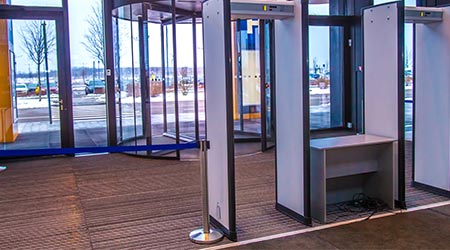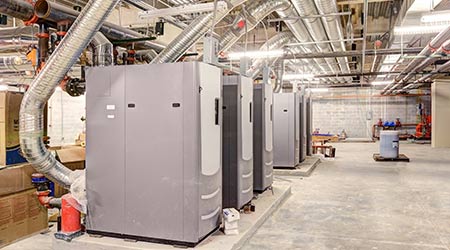
Security Advances Benefit Healthcare
August 15, 2018
Facilities of all kinds are rethinking and revisiting their security and access control systems, and the challenges differ for each type of building — K-12, higher education, commercial office, retail, etc. In the case of mental health facilities, managers must balance the traditional facility considerations with the need to ensure the protection of patients and staff.
Securing mental health facilities involves protecting the physical environment and the staff and patients' comfort, according to EHS Today. Screening for contraband traditionally was done either by pat-down or with a handheld wand, but these tools have been proven ineffective for primary screening. Also, some healthcare providers believe these measures exacerbate patient anxiety.
One potentially more effective screening practice involves ferromagnetic detection systems (FMDS), which uses passive sensors that evaluate disturbances in the earth’s magnetic field made by something magnetic moving through its detection zone. Everything else — including people, clothing, backpacks, and purses — is invisible to it.
Nothing can be used to shield the contraband or ferrous metal item because FMDS does not detect metallic mass. It detects a magnetic signature. It can provide security screening for patients checking in for the first time, as well as those with day-pass privileges returning from a day away from the facility. Its portability allows staff to take it throughout a facility to perform searches inside a patient’s room or for cause whenever and wherever needed.
This Quick Read was submitted by Cathryn Jakicic, Healthcare Industries Editor, FacilitiesNet. For more about hospital campuses and other medical facilities, visit https://www.facilitiesnet.com/healthcarefacilities.
Next
Read next on FacilitiesNet












